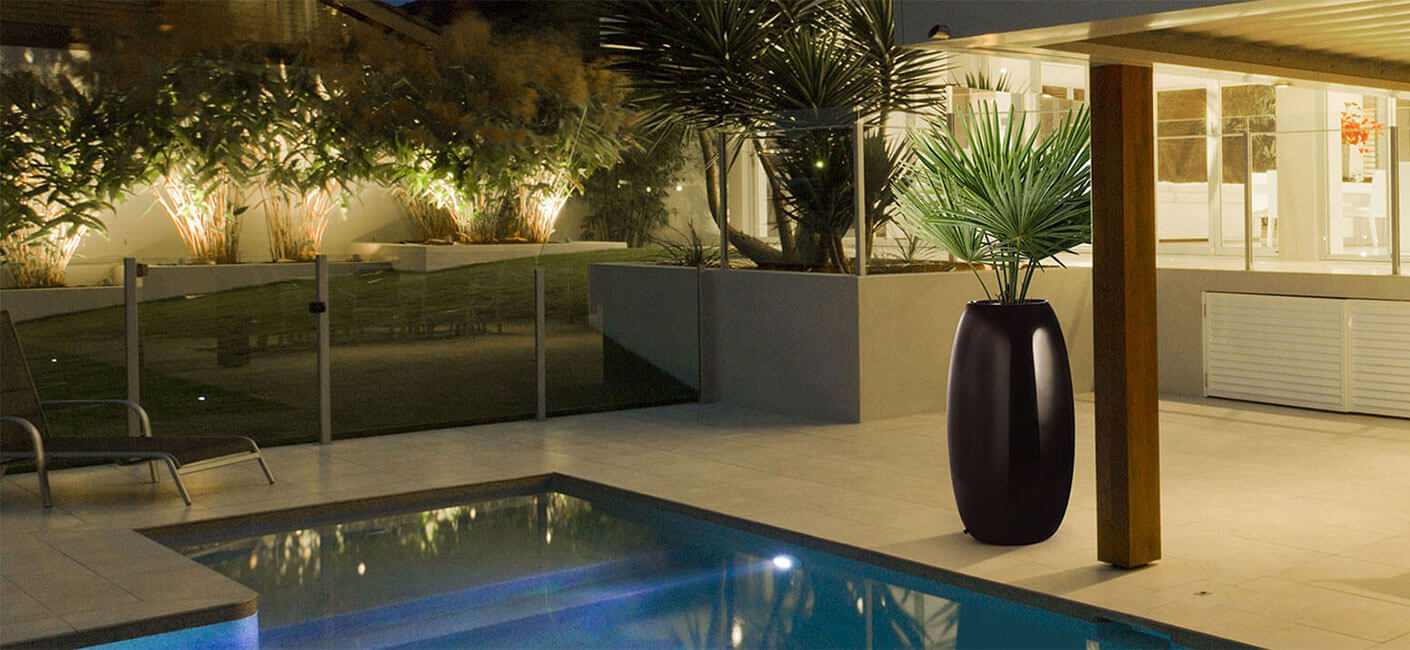Plants are a very integral part of our daily lives. For those who are immensely in love with plants, they understand the struggle of finding the perfect plant that can be kept indoors in their beautiful places. Many times when we fall in love with a plant, we get restricted to keeping it in our desired places as it has its own needs. Some plants demand natural sunlight and we can’t compromise on their positioning. You want a small plant near your library but the plant can’t survive in indoors and you can’t keep your books out open, such a pity!
Plants that bear fruits and flowers are the most common plants which require a constant source of energy thus they should be kept outside. Whereas they are plenty of plants which can flourish even while they in indoors–in your darker spaces where sunlight doesn’t reach until you open your drapes.
Your Indoor Lighting
Before we jump into understanding which plant goes where we better talk about the light aspects of your home. You can’t judge the ‘good light’ in your home to the outdoor sunlight. No matter how much light up you keep your interiors, there is no possibility that it could sustain a full-sun landscape plant. Though, there are plants that can healthily grow in indirect light. Thus, if your room has good windows, it’s better you keep the blinds open. That would fetch you some decent amount of lighting.
To help you make the ‘light’ judgment better, remember this golden rule. ‘If you can read a newspaper comfortably at noon without turning on a light, then you have enough light to grow plenty of plants indoors.
There are some plants that can don’t actually require too much light. Direct indoor light is also hard to find in today’s architecture and crowded towns. If you do have access to direct sunlight then don’t be quick on deciding and placing any plant right away. Many plants can’t take too much light and it would result in scalding or burning. Plants like cactus, jasmine, croton are few of the many who can thrive in such direct light conditions. Hard light areas are the 3 feet from un-obscured south facing window whereas low lights are nearly five feet from a good window or a close by windows which can be either frosted or obscured by trees and blinds. Before you actually head out for your plant shopping, check out your house lighting structure. See where you actually want to have a plant and where one is a must. Check if these spaces will give continuous light passage or an indirect one. Based on that information, you can narrow down your plant types.
Bedroom plants
The cozy place where you mostly hit your sheets and where the lights are usually kept minimal or none. In one such place, not just any plant can survive. Like we said before, check the positioning of your window and the light passage. See the amount of space you have near the window where the light hits (only if you wish to place something there). Now once you have sorted that out, you can consider one of these plants to green-up your space.
1. Snake Plant
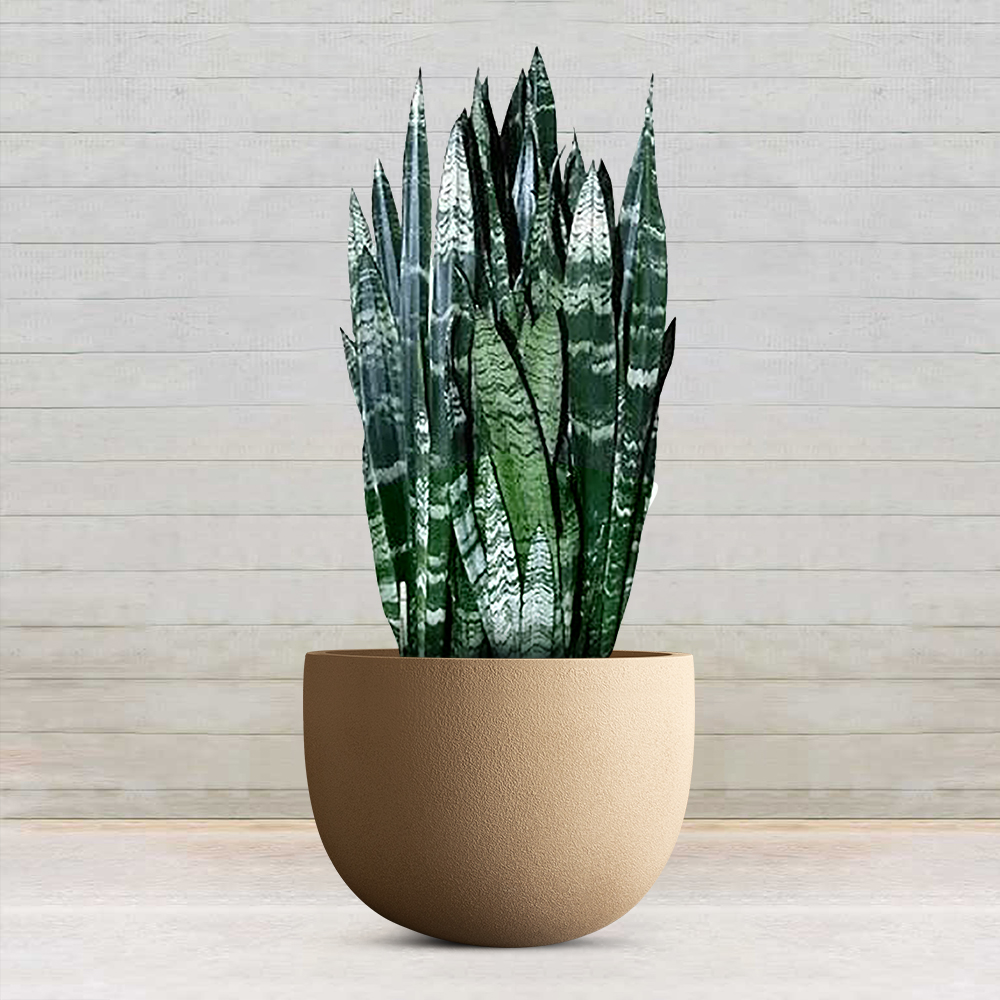
Mother In Law’s Tounge–yeah, that is also one of the popular names of this plant. Commonly known as snake plant and botanically known as Sansevieria, this is one of those plants that require minimal maintenance. It is the main reason why they top the list for in-house plants.
Snake plants are best for any space with lower lights. You can even grow them in your closet. They grow tall and wide since they are full and dense. They are a great option for narrow corners or spaces behind the furniture. You can place them next to your bed if you wish to. Also, the little-known fact–Snake plants were ranked in NASA’s list of best air-filtering plants.
2. Dracaena
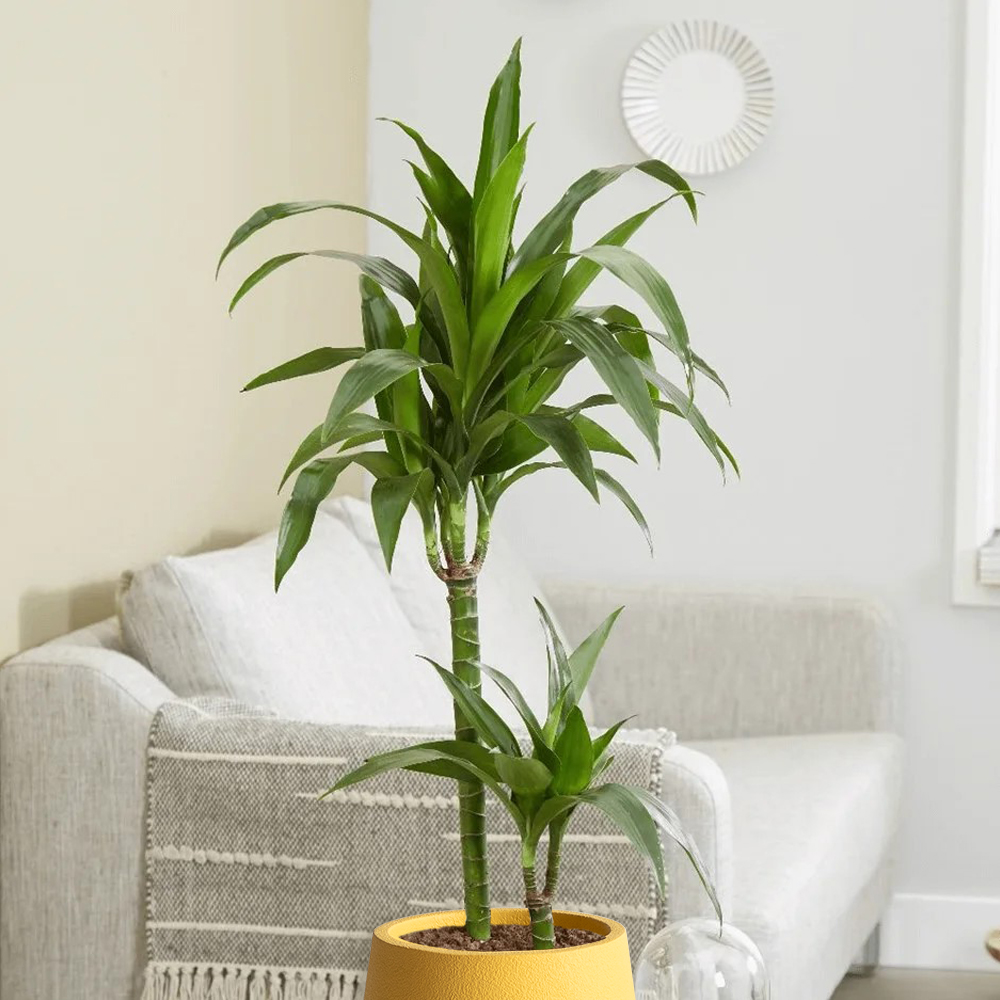
Leaves with pinkish touch can give your bedroom a tropical look altogether. These plants are naturally available in multiple colours, shades and go best indoors. They are actually the top choice when it comes to choosing plants for commercial use. They can easily thrive in darker spaces and have a much larger life span with minimal water attention than any other conventional houseplant. If you’re choosing this plant then it’s better to place them in medium or low lights, away from sunny spots. You can place them next to your library or in the passage area between two rooms. Don’t overwater them. Water them when they are completely dry i.e., once in 10 days or so.
3. Spathiphyllum (Peace Lily)
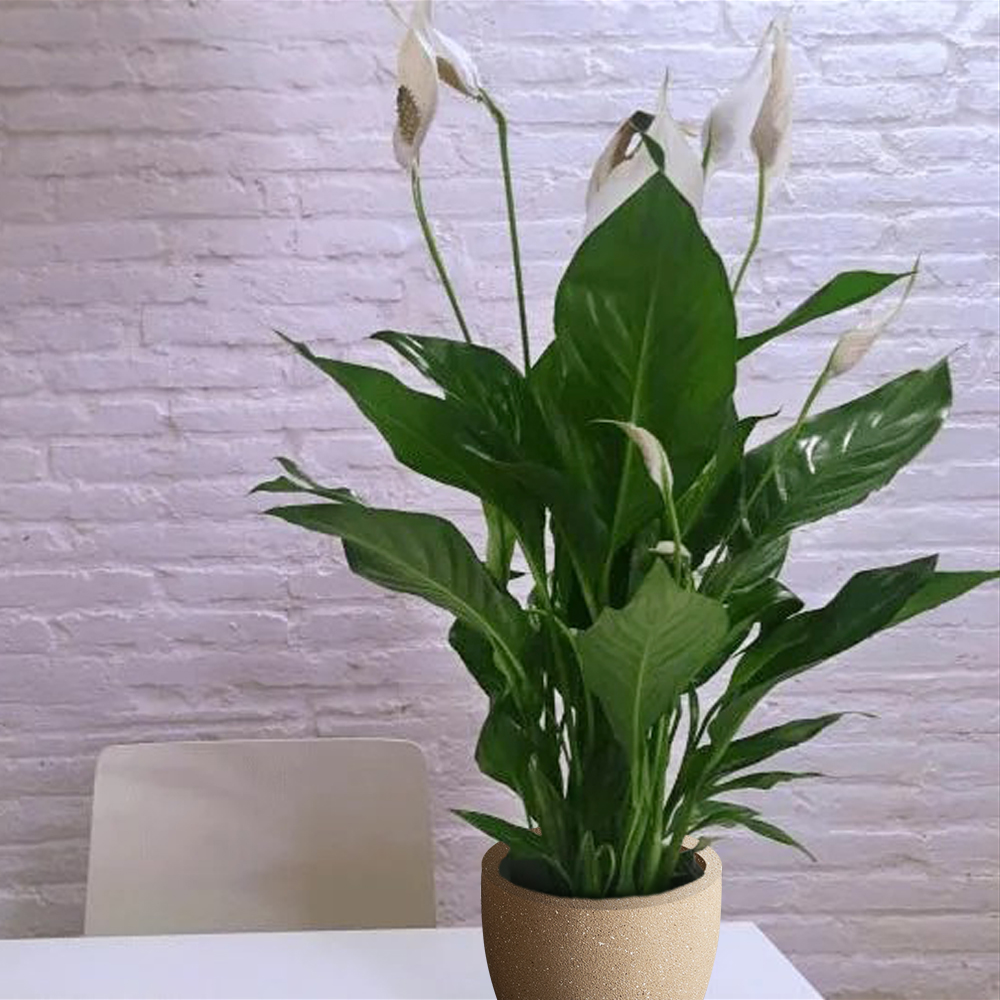
Peace lilies are best to bring tranquility to any room. These are to be kept away from direct sunlight which is what makes them ideal indoor plants. The dark green foliage holding up a white cupped flower is an eye-pleaser. It grows well in medium to low light. Unlike other indoor plants, this plant requires water at least once a week.
The best way to keep these plants healthy is to constantly check for brown leaves. Many times people place it in sunlight when the blooming lessens but that can cause the leaves to turn brown. Thus, make the decision wisely when replacing the position. Even if you wish to keep it in light areas, keep it in medium to low light, darker light can harm the foliage. Plus, yellow leaves can be caused due to overwatering. So check out for these signs too.
4. Philodendron
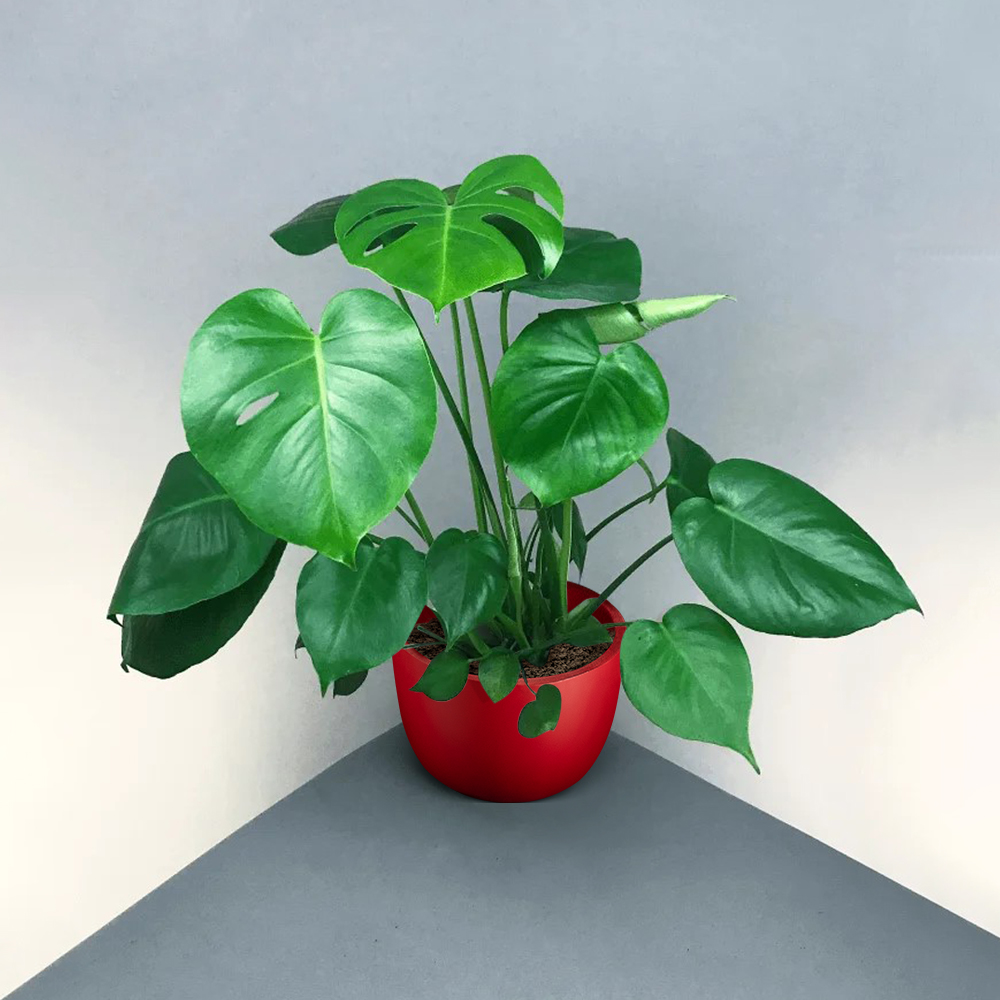
Philodendron is the name of a family of plants. They include a plethora of houseplants. Some of them may be bushy and low, some may be tall and wide and others could be small like trails. They cannot survive in overly dark spots, thus it’s better to place them in medium lights. ‘Sellom’ is one type of plant under Philodendron which is a favourite of many people. They are thick and bushy; often grow up to 5 feet in height. Other types are ‘brasil’, they are trail-like plants. We also have ‘monstera’ under these which are bushy with a cut-out foilage. These plants don’t require much watering. Thus watering them once in 10 days will be more than enough to keep them healthy.
5. Epipremnum Aureum (Pothos)
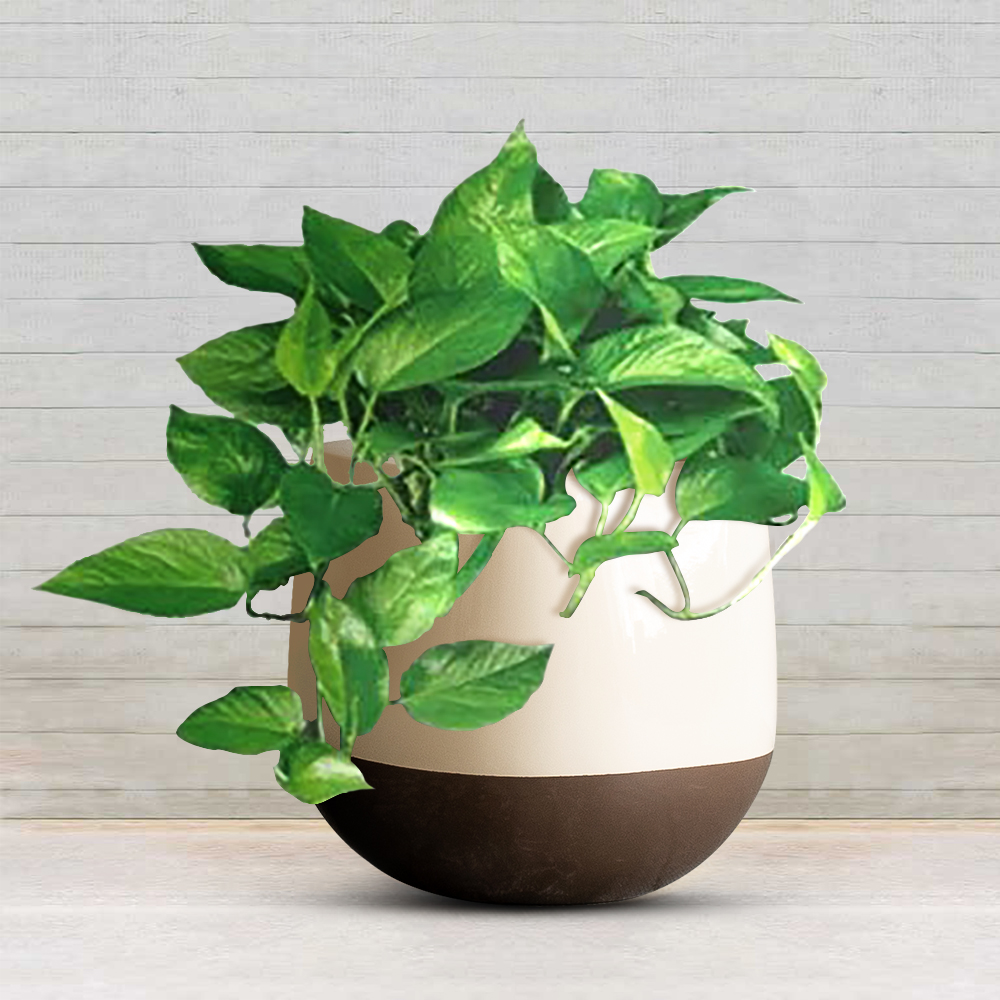
Mostly known as the ‘Devil’s Vine’, these are best for making a trailing statement in any spot. Perfect to place in low light, they are often decorated on hanging baskets on high shelves where their trail will exquisitely fall. Suitable for low and medium lights, they have the capability to adjust in any given spot. Neon or bright yellow-green leaves mark an elegant statement in itself. These plants don’t grow quickly thus when bought keep in mind that the process will be slow. You don’t even have to water them that regularly. Once a week will do and even if you are going out, they can survive in watering once in 10 days.
6. ZZ Plant
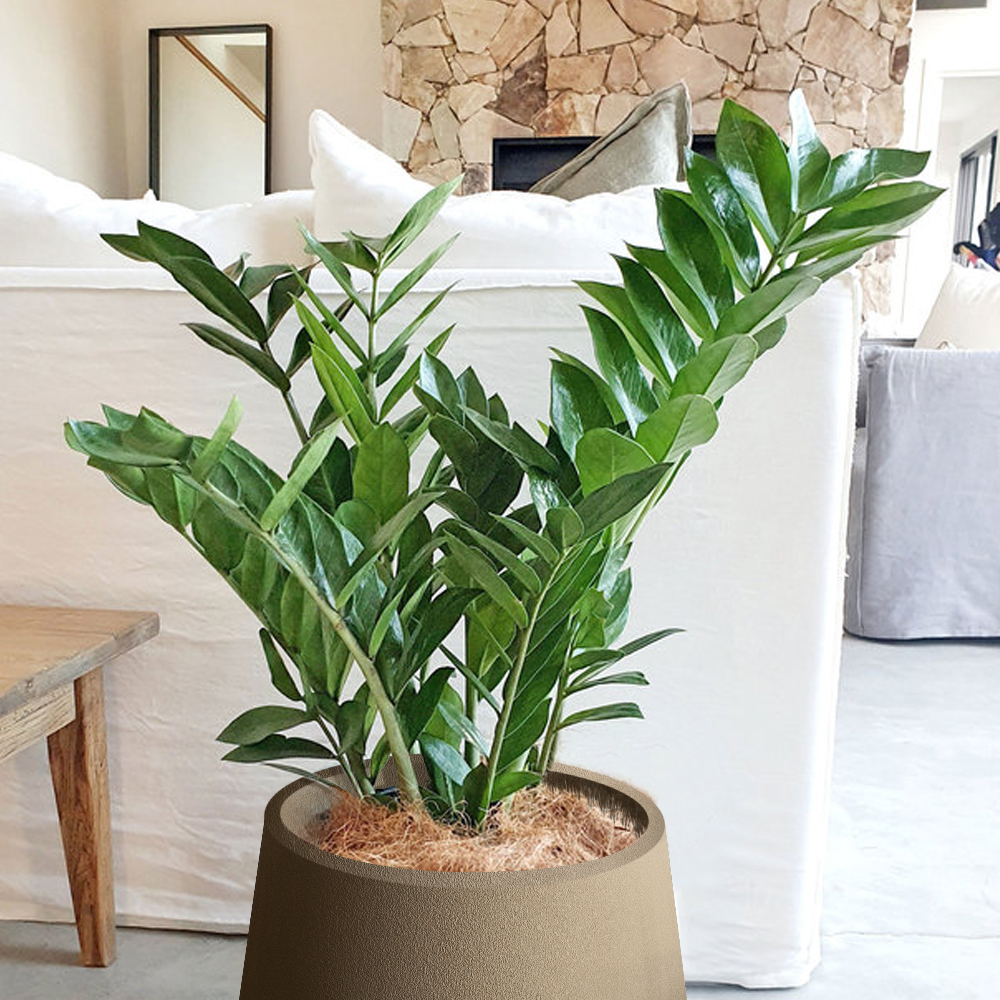
This tropical perennial plant originally belongs to Africa & is known by several other names such as Zuzu Plant, Zanzibar Gem etc. It features distinct waxy leaves and the plant is poisonous in nature. You can avoid this plant if you have pets or small children at your house. This plant is an easy-to-maintain plant and it can stand firm in all kinds of stress or drought conditions.
ZZ plants can be kept in the side corners of your house. Even if this plant receives a fair amount of indirect light it can sustain itself without complaining. The rhizomes of this plant save a lot of water, so even if you forget to water this plant for a few days, it can stand tall.
7. Parlor Palm
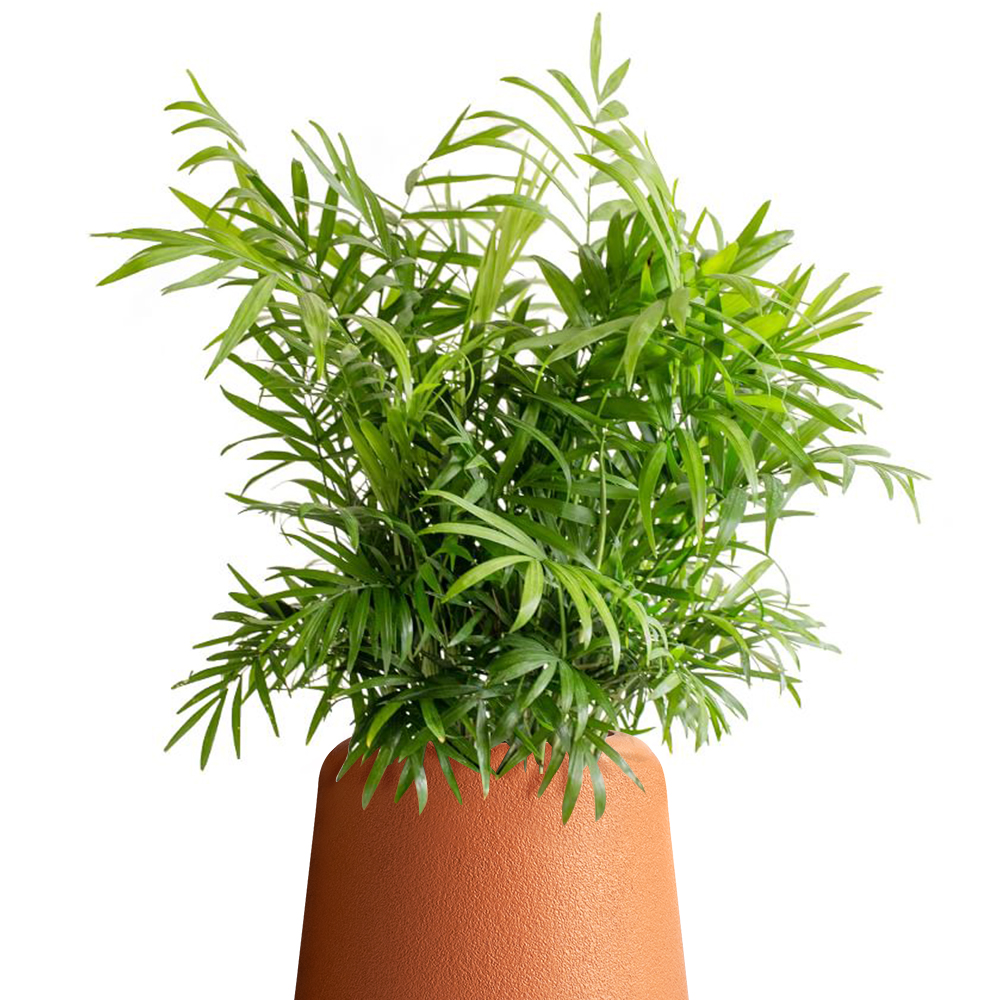
Belonging to the family of dates and coconuts, this plant is native to America. Parlor Palm is native to tropical and subtropical regions but nowadays is adopted very well as an indoor plant. The overall look of this plant is pleasant and requires very little care while growing. It resembles the bamboo plant, however, it is unique in many ways.
Parlor Palm due to its graceful looks is considered the best for living rooms or drawing halls. It is one of the best plants to welcome your guests. You can keep this plant in a place where it receives indirect sunlight and the plant will do just fine. You can water this plant when it gets completely dry.
8. Boston Fern
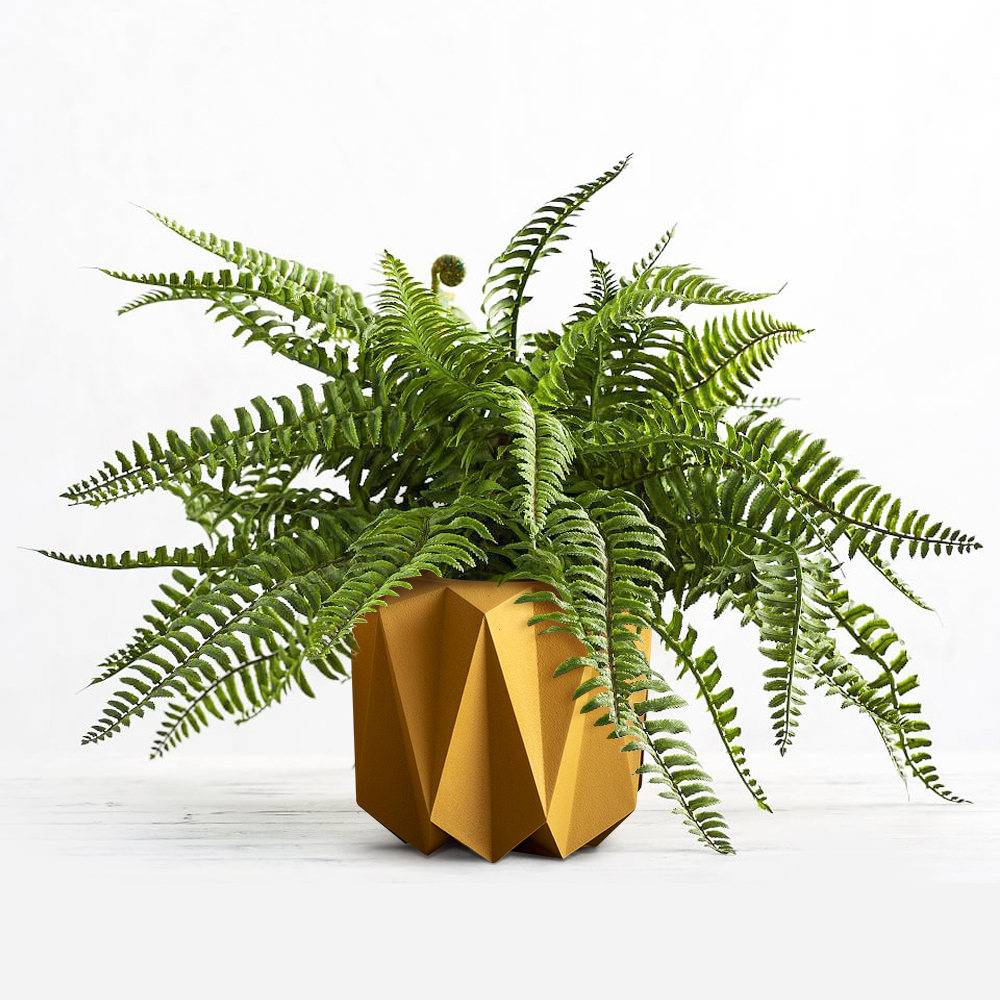
This plant is known as an air-purifying plant. This one got popular in the Victorian era. This plant is either kept around the porch in pots or hanged using baskets in the air. Coming from tropical rainforests, this plant enjoys being in a humid environment. So, if you are planning to grow this one, do consider this important point before you get it.
This plant can do well in indirect, natural or artificial light, and this is a good choice for your house corners that often goes unnoticed. Boston Fern’s green leaves can bring a refreshing vibe to your space. The plant does not need much maintenance or care other than watering and periodic pruning.
9. Cast Iron Plant
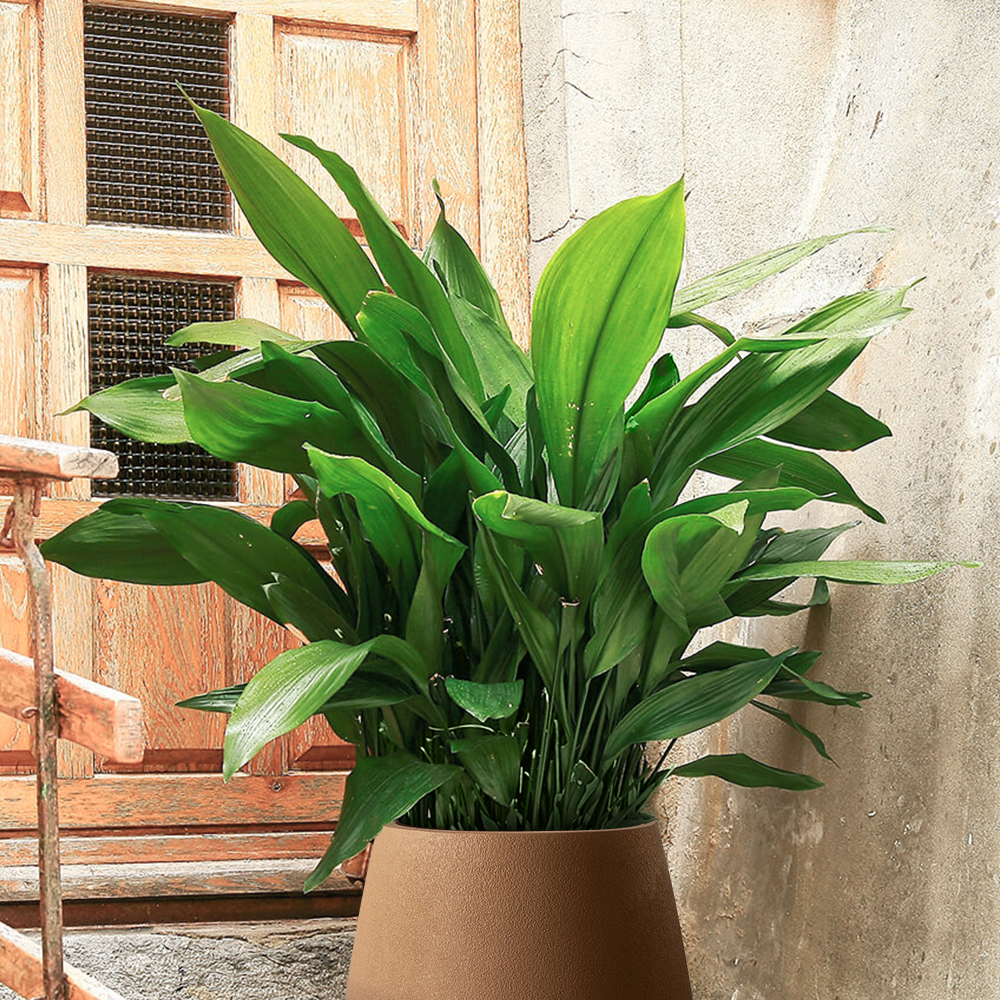
If you ever want to see a plant that can grow well, even in completely adverse conditions then this is it. This plant features glossy leaves that can grow up to 2 to 4 inches wide. This is a sturdy plant, however, direct sunlight can burn the leaves. This plant is an ideal choice for dark corners in your interiors & is the happiest in artificial light.
10. Prayer Plant
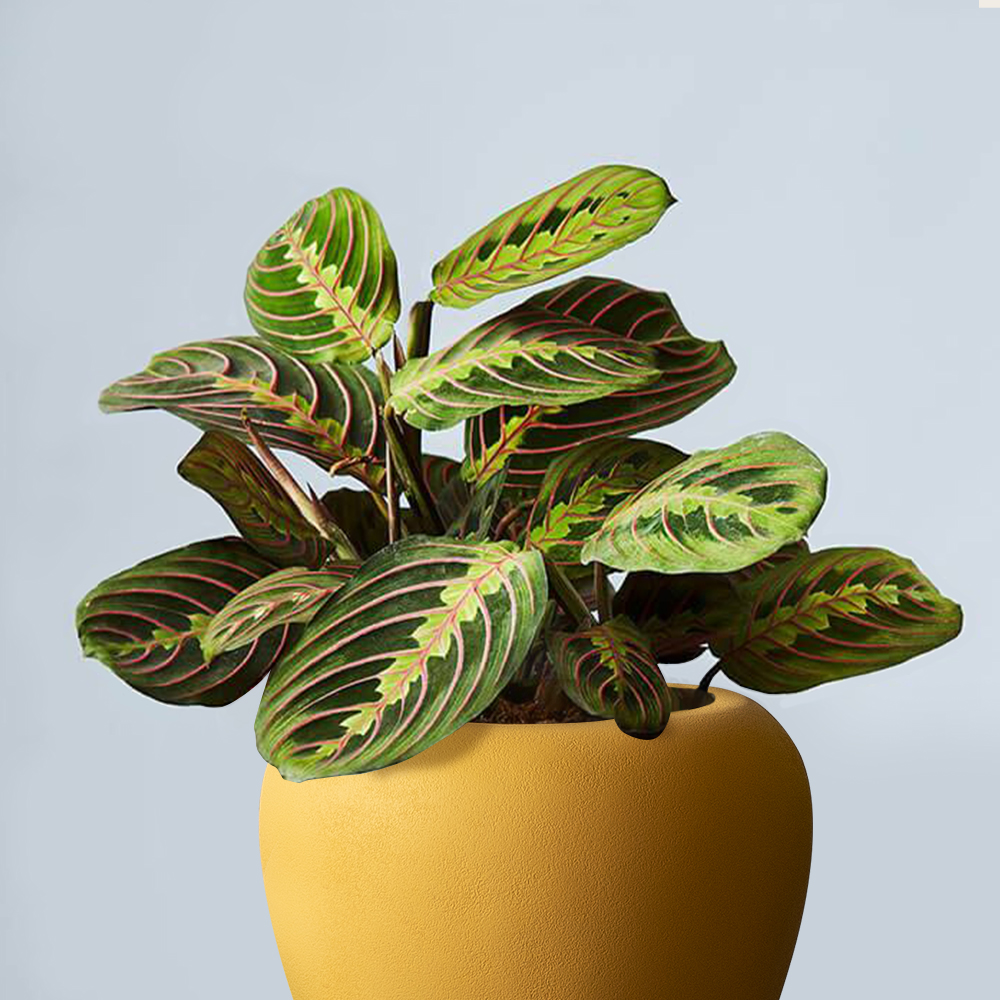
This plant gets its name from its unique characteristics. Throughout the day the leaves stay flat and during the night the leaves get folded. Very pleasant in appearance, this plant is well suited to welcome your guests & visitors.
This plant requires well-drained soil that allows quick passage of water. Direct sunlight may change the colour of leaves, hence Prayer Plant is ideal for places where it receives indirect sunlight or artificial light. There are a few variants of this plant & you can choose the one that is well suited to your local geography.
The Low-light Plant Maintenance
Though these plants are kept in low-lights, one mustn’t forget that these are still plants that have a life. These plants may require less attention, but attention is a must. Just keep these little things in mind and you would be good to go.
Accommodate: It takes time to get used to anything. If you have chosen a space that is unusually dark or bright, your plant will take time to accommodate itself. Your plant was accustomed to living somewhere else, now these sudden spot changes require additional care, or else the plant’s health will certainly decline. Thus, the best thing to do is when you bring the plant home, you place it in medium light and gradually move it to lighter or darker spots (whichever is your desired one is). Within the course of a week, you can have your plant placed in your desired position.
Repotting Decisions: You mustn’t repot your plant right away after bringing it home. Don’t remove it from the original plastic growers pot, just place it as it is in your decorative planter and leave it be for some time. Water it and re-water it after days only after checking the moistness of the soil. You can do that by inserting your finger in the soil and judging the moistness.
Water Properly: You must never overwater low-light plants. When you do water your plants, water them properly and give them a nice soak. Don’t just randomly give it a glass of water, instead make sure that the water has reached its roots. Leaving just the top layer of soil moist is not going to give you a healthy plant. Also, make sure your planters have proper drainage system. These plants leave water when they’re over-watered and planters without such systems can cause a mess indoors.
Plants are the most fun to take care of indoors because you are practically living with them. There are plenty of options available that will make sure your taste and style are well suited and well delivered. Green is something that will never go out of style and irrespective of the type of house you have, there’s always a space for a beautiful plant. Plus, they do a lot more than just decorating your space. Plants are life-givers and there are multiple benefits of having plants at home. Get good plants and decorate them with beautiful designer planters.
Looking for a perfect Designer Planter for your plants?
Bonasila manufactures FRP planters that compliment your space aesthetics. Available in numerous sizes ranging, from 7 inches to 40 inches; colours ranging from red to beige, our planters are a synonym for style and trend. Each design given to the planter is a brain-child of our in-house designers having 18 years of experience. These designs are brought to life by our skilled craftsmen at Bonasila, we make sure that these elegant planters are delivered to your home to amplify your space beauty.
Contact Bonasila today and get yourself the perfffect planter.
FAQ’s
1. Which plants can survive without sunlight?
- ZZ Plant
- Parlor Palm
- Boston Fern
- Cast Iron Palm
- Prayer Plant
This is a list of plants that can manage to grow without direct sunlight. Every plant needs some sort of light- Artificial/ Natural Sunlight for photosynthesis.
2. How long can plants survive in darkness?
A plant can use its reserved energy for a day or two if there is complete darkness. After some time it will need light for the process of photosynthesis. Some plants can grow well even in low lighting conditions. However, for most plants a certain amount of light is necessary. For outdoor plants, the requirement for light might be higher.
3. Can plants grow with only artificial light? / Can plants survive with LED light?
Yes. A few plants like Prayer Plant, Cast Iron Plant, ZZ Plant can grow in artificial light. Artificial light sources such as LEDs emit neutral light that can help in the plant’s growth. However, if plants get direct or indirect light, it will only help the plants.
4. What type of artificial light is best for plants?
- T5 Fluorescent lights
- Coloured LED lights
- HID lights and
- LEDs
These artificial lights can be used for plants. There are many different types of artificial lights that are used in plants. You can give thoughtful consideration to the plants that you are looking forward to growing and then opt for the most suitable light. Neutral lights are beneficial for plant growth.
5. Do plants Photosynthesize in artificial light?
Yes. Plants can carry on the process of photosynthesis even in artificial light, provided the light matches the wavelength requirement of plants. This can be understood with a small example. Many plants in the deep rainforests never really receive direct sunlight. These are the shrubs, creepers or plants that grow below really large and tall trees. The kind of light received by these plants is similar to artificial lights.
6. Which vegetable does not need sunlight?
Every plant needs sunlight to survive. However, vegetables such as
- Beetroot
- Carrot radish
- Lettuce
can grow in indirect sunlight/ shade. To name a few – and many more greens that can be grown in shade.
